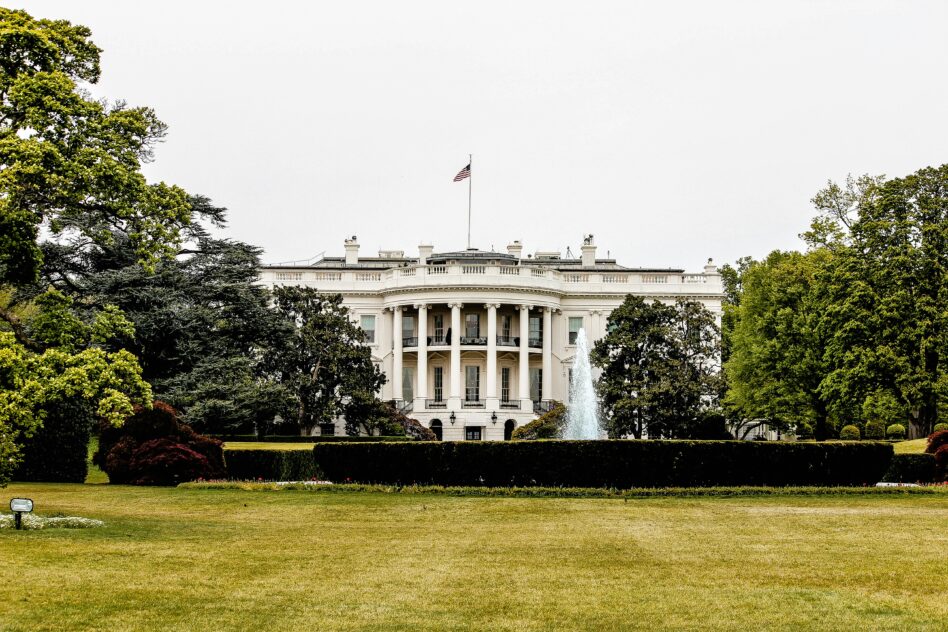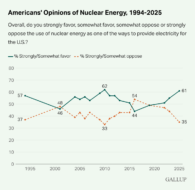The federal government’s shake-ups over the last few months and the administration’s promise to cut excess spending across the board have left many, ourselves included, on the edge of our seats awaiting the budget. On Friday, we got our first peek.
The “skinny” budget request released late last week is an overview of the larger, more detailed document that outlines funding for the programs under each office. So far, we can see the topline budget requests for key departments and several offices under them.
- As a whole, the Office of Management and Budget (OMB), which produces the detailed document, requested $163B less in non-defense discretionary funding than last year. That’s a 23% decrease.
- On the other side of the coin, the DoD got the first trillion-dollar budget request in US history. Defense spending would be up 13% from last year. The Department of Homeland Security budget would get a 65% boost. Cuts, indeed.
Over the last several years, the push to develop and build advanced nuclear energy technology has enjoyed bipartisan support. Many Biden-era federal grant and loan programs have been upheld and renewed under the Trump administration, which is more than can be said for clean energy/climate tech, which faces some of the most severe budget-slashing requests.
That support generally held true in the topline numbers and program sketches, but some programs could be squeezed in the next fiscal year.
The Energy Department: The administration is requesting $45.1B for the DOE, down $4.7B from last year’s enacted funding level. Most of the nuclear-related programs in the skinny budget are under the DOE’s purview. While nuclear energy wasn’t the top target, it was mentioned several times throughout the request.
“The Budget reorients Department of Energy funding toward research and development of technologies that could produce an abundance of domestic fossil energy and critical minerals, innovative concepts for nuclear reactors and advanced nuclear fuels, and technologies that promote firm baseload power,” the White House release says.
How that plays out:
- The Office of Nuclear Energy is slated for $408M in cuts. These would target “non-essential research,” but the document leaves those details unspecified.
- The Advanced Research Projects Agency – Energy (ARPA-E) office would see $260M in cuts.
- The DOE Office of Science can expect $1.148B in program cuts. Much of that is funding for “Green New Scam”-related research into climate change, carbon capture, and other clean energy technologies.
- Environmental Management would see a $389M cut, although $178M would be from transferring management responsibilities for the Savannah River site in South Carolina to the National Nuclear Security Administration. The budget request states that is “where plutonium pit production capabilities would be developed.”
+ Want more on the budget? Our sister publications are on it, too. Payload covered the request for space, and Tectonic wrote about the defense request.
Lead Reporter of Ignition





